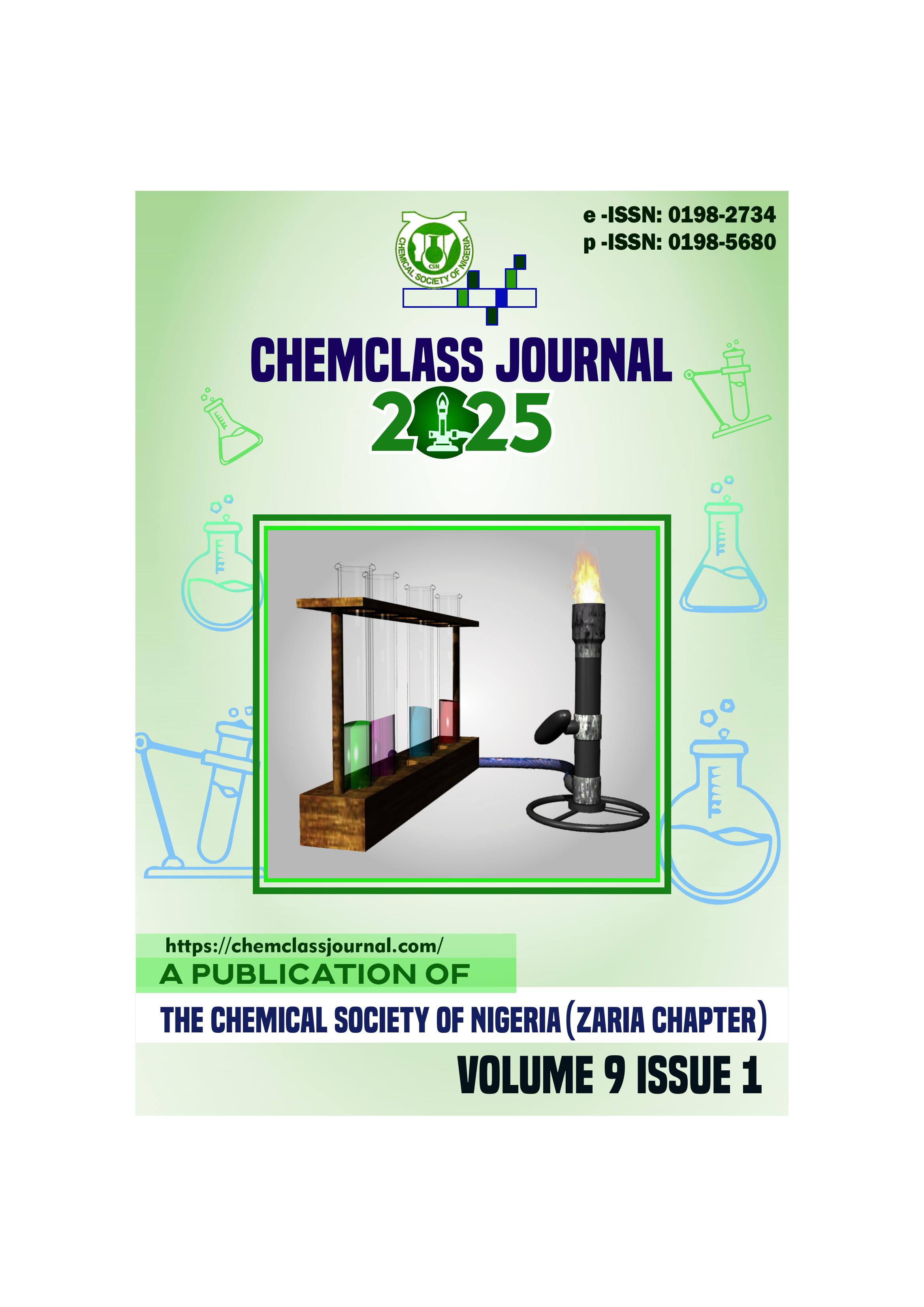Comparative Phytochemical Profiling and Antioxidant Activities of Mucuna pruriens Accessions: Insights into Bioactive Compounds and Therapeutic Potential
DOI:
https://doi.org/10.33003/Keywords:
Mucuna pruriens, Phytochemicals , Minimum Inhibitory Concentration (MIC), Antioxidant.Abstract
This study investigates the comparative phytochemical profiling and antioxidant activities of different
accessions of Mucuna pruriens, a leguminous plant renowned for its medicinal properties. The
phytochemical composition of each accession was analyzed to identify bioactive compounds such as
alkaloids, flavonoids, tannins, saponins, and phenolic compounds. Antioxidant activities were evaluated
using two distinct assays: the DPPH (2,2-diphenyl-1-picrylhydrazyl) radical scavenging assay, which
measures the ability to neutralize free radicals, and the nitric oxide (NO) scavenging assay, which assesses
the capacity to inhibit nitric oxide production, a mediator of oxidative stress. The results demonstrated
significant variations in both phytochemical composition and antioxidant activity across the different
accessions. Some accessions exhibited higher concentrations of flavonoids and phenolics, which correlated
with stronger antioxidant potential. These findings suggest that the genetic diversity among accessions of
Mucuna pruriens plays a crucial role in determining their phytochemical richness and antioxidant efficacy





 ChemClass Journal
ChemClass Journal
